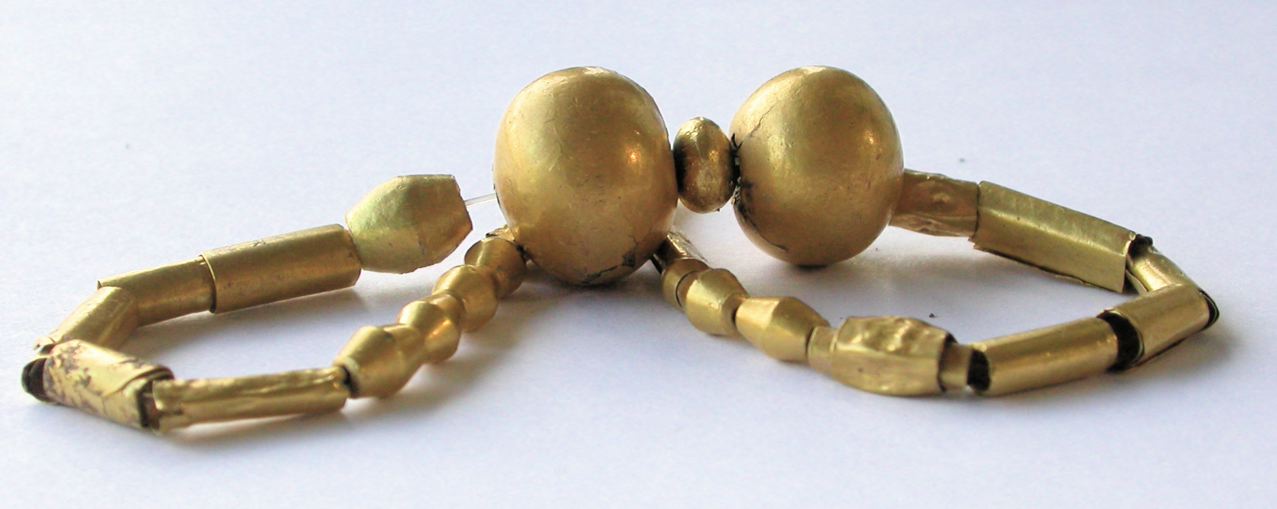| Dirt! | |||||
| Re: pyu gold - close and personal -- tofsla | Post Reply | Edit | Forum | Where am I? | |
02/01/2013, 11:37:44
Many organic acids occur in the soil, sometimes in quite intense concentrations. Sometimes these are the relatively gentle humic acids, but they may also be acids such as oxalic acid, which can be powerful and toxic. It's produced in nature by decaying plant growth, but it's also the active ingredient in the old North American cleaning compound "Bee Keepers Friend", which is still, according to Consumers Reports, one of the best bleaches and rust removers. Any artefact that finds itself in contact with a concentration of that for any period of time is going to be affected by it, even gold. It won't alter the gold directly, but it will remove the patinas and any impurities in the surface layer.
And then there's nitric acid, which has traditionally been used in cleaning gold. I think in recent years it has often been replaced in the jewellery business by electrolysis, but it's still used in gold refining. But nitric acid also occurs widely in nature. All rain contains acid, which can concentrate in the soil. And nitrogen oxide, which oxidises to form nitric acid, is a major component of acid rain. We tend to think of acid rain as being a by-product of industrialisation but it has actually existed for as long as volcanic action has existed on the globe - i.e. since the beginning. The areas we're talking about in Southeast Asia frequently have high acidic content in the soil as a result of volcanic activity.
And as if that isn't enough, slash and burn agriculture is also a major factor in man-made acid rain production (and therefore in the occurrence of nitric oxide in the soil). Slash and burn is still used widely in this area, and according to Joyce White, the head of the Ban Chiang Project, it can be dated back to about 6,500 years ago. I don't go along with some of her data, but whichever way you look at it, it's been a very long time. Which means again that artefacts that are buried in these parts for a long period are going to be affected in unpredictable ways by the changing components of their environment.
Fortunately, nothing is ever simple!
Thanks for initiating this discussion; it's good to talk about these things, because we often work on the assumption that nature is stable and constant, when daily observation assures us that it's not.
All the best,
Will
PS. Here are some gold beads from Lopburi - older than Tircul, and not nearly as accomplished. These were all found in the same pot and hardly needed to be cleaned at all.
